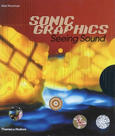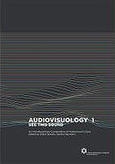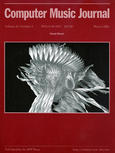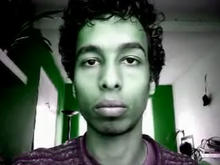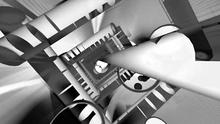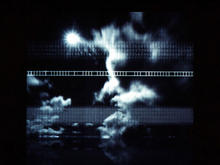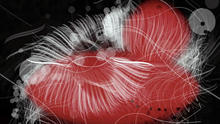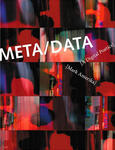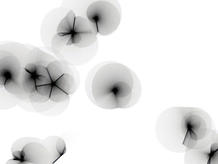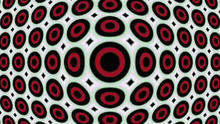Versum: Go
(2010)is created in a realtime three-dimensional audiovisual composition tool programmed by Tarik Barri. It forces both the audience and the composer to look at the music and listen to the visuals.
"Within Versum one can undertake three dimensional journeys in virtual space, comparable to the way one can move through space in a first person shooter game. These journeys take place in both visual and sonic space. Hence these journeys result in musical compositions, as the sound depends on the direction and the speed with which one travels. Basically Versum offers the possibility of travelling past threedimensional sound-emitting objects, called Entities, which produce all types of sounds which are either continuous or rythmical and pulsating. As you approach objects you hear them become louder, and if you travel further you will slowly hear it fade away, while the other objects that you travel towards become louder. Entities which are to the right of the camera will be heard from the right and those that are above or behind the camera will be heard from above or behind, if enough speakers are used and placed in the right positions. All the aspects of this journey can be created and modified in realtime: both the path of the journey and the entities which the virtual camera meets during its travels can be changed according to the whishes of the composer. Go is my second composition made in Versum."
Source: Tarik Barri's website
